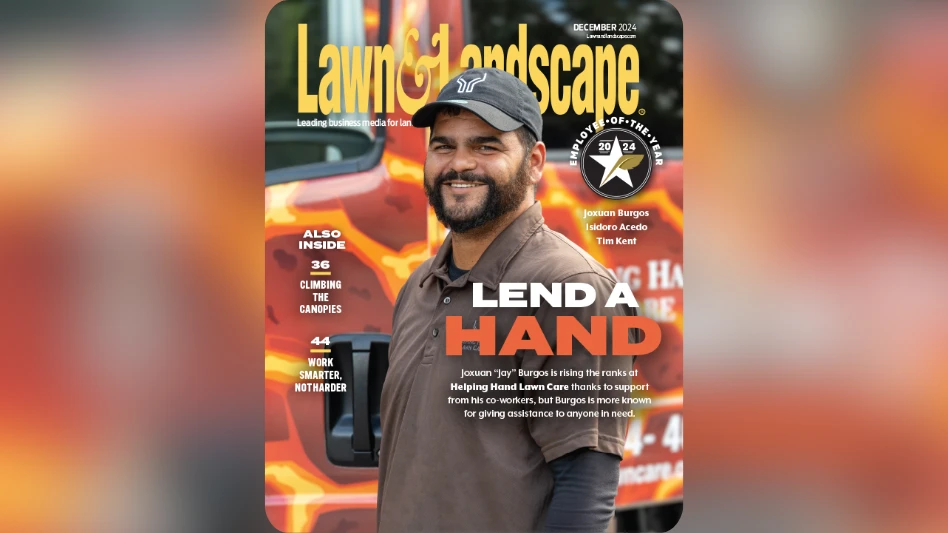 Marty GrunderOne of the many professionals I rely on for expert advice is Dave Sullivan, a consultant with Aileron, a Dayton, Ohio-based non-profit organization that helps entrepreneurs. At a recent meeting with him to discuss my company’s future, I mentioned all of the things we were doing to survive, and Dave shot back, “OK, but what are you surviving to do?” And did that ever make me think and realize a few things.
Marty GrunderOne of the many professionals I rely on for expert advice is Dave Sullivan, a consultant with Aileron, a Dayton, Ohio-based non-profit organization that helps entrepreneurs. At a recent meeting with him to discuss my company’s future, I mentioned all of the things we were doing to survive, and Dave shot back, “OK, but what are you surviving to do?” And did that ever make me think and realize a few things.
Too many companies right now are in survival mode and that’s OK, but don’t forget to think about your future. What will your company look like when things turn around? What is your plan? How are you going to grow? Who will be your new clients? What will your role be? There are countless questions to ask and contemplate.
After listening to Dave share with me what I need to do to thrive in the coming years, I have an idea of what I think every landscaper in America ought to do before the end of November.
- Gather your team. Get the leaders in your company together as soon as possible and tell them the truth about where you stand right now. Talk about the cuts you have made and ask them for their help in making more cuts to save time and money.Ask them for new business ideas they might have that would enable you to grow in the future. Listen to them, take notes and follow up with a letter telling them what you are going to do.
- Get ideas. Have a brainstorming meeting with the top four or so people in your company and four or five other outsiders who can sit down with you and talk about what’s possible. (If you are a very small company, this might be you and your wife.) The goal of this meeting is to get the creative juices flowing and have some fun dreaming. A goal is a dream with a deadline. This meeting will energize you and help you get excited about the future.
- Make a plan. Take this information and sit down with someone who helps entrepreneurs clarify missions and get an action plan together that will have a timeline and responsibilities for each of the goals and outcomes of the meetings. The goal is simple: get some thoughts and some plans in writing that you are going to follow through on.
 Some of you are probably reading this right now and feeling overwhelmed and maybe even confused. I feel that way many times myself. Don’t be so worried about doing what I’m suggesting the right way; there is no wrong or right way to plan. All planning is actually good. The process of taking the time to think and to talk about your future is a necessity, not an option.
Some of you are probably reading this right now and feeling overwhelmed and maybe even confused. I feel that way many times myself. Don’t be so worried about doing what I’m suggesting the right way; there is no wrong or right way to plan. All planning is actually good. The process of taking the time to think and to talk about your future is a necessity, not an option.
Mike Rorie of GroundMasters took a pickup truck and mower in 1979 and parlayed that into a $35 million-a-year enterprise he sold to The Brickman Group. Frank Mariani took his father’s three-person company Mariani Landscape over after he died suddenly and turned it into an incredible company with more than 400 employees and sales of more than $45 million.
I know both of these men very well, and the only thing that differentiates them from the rest of us is their ability to dream and do. If you talked to Mike, you wouldn’t even know there’s an economic downturn. Where most of us see adversity, Frank sees opportunities.
Your team is scared. All they hear about is surviving. They can’t see the future if all you’re talking about is tomorrow. Let’s start talking about next year and let’s start dreaming. Your team wants some hope, and your future depends on it.
Marty Grunder is a speaker, consultant and author, and also owner of Grunder Landscaping Co. in Miamisburg, Ohio. Reach him at marty@gie.net or via www.martygrunder.com.

Explore the September 2009 Issue
Check out more from this issue and find your next story to read.
Latest from Lawn & Landscape
- Senske acquires 2 Nutri-Lawn franchise operations in Canada
- Our Holiday Lighting Contest rolls on
- LawnPro Partners acquires Ohio's Meehan’s Lawn Service
- Landscape Workshop acquires 2 companies in Florida
- How to use ChatGPT to enhance daily operations
- NCNLA names Oskey as executive vice president
- Wise and willing
- Case provides Metallica's James Hetfield his specially designed CTL





